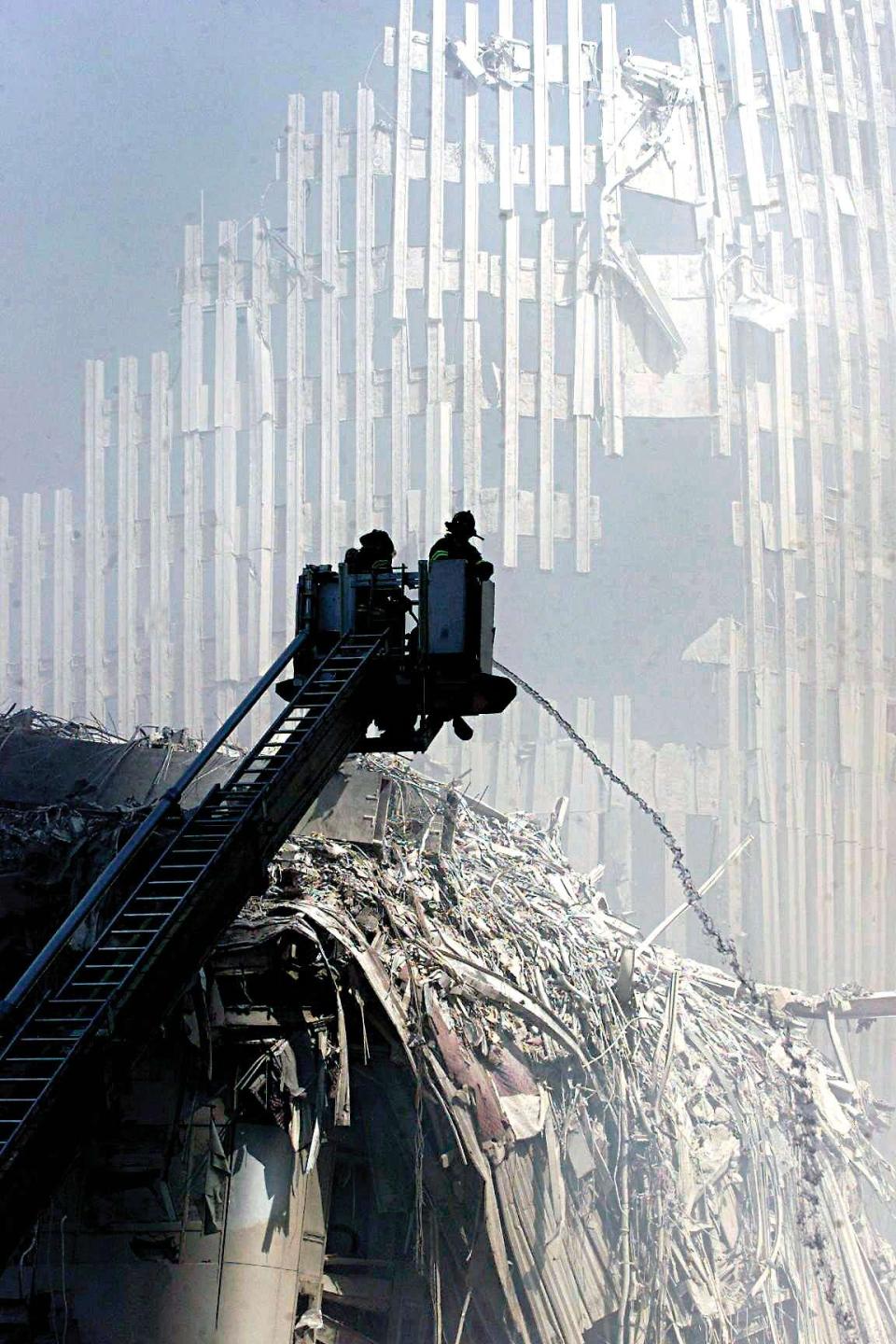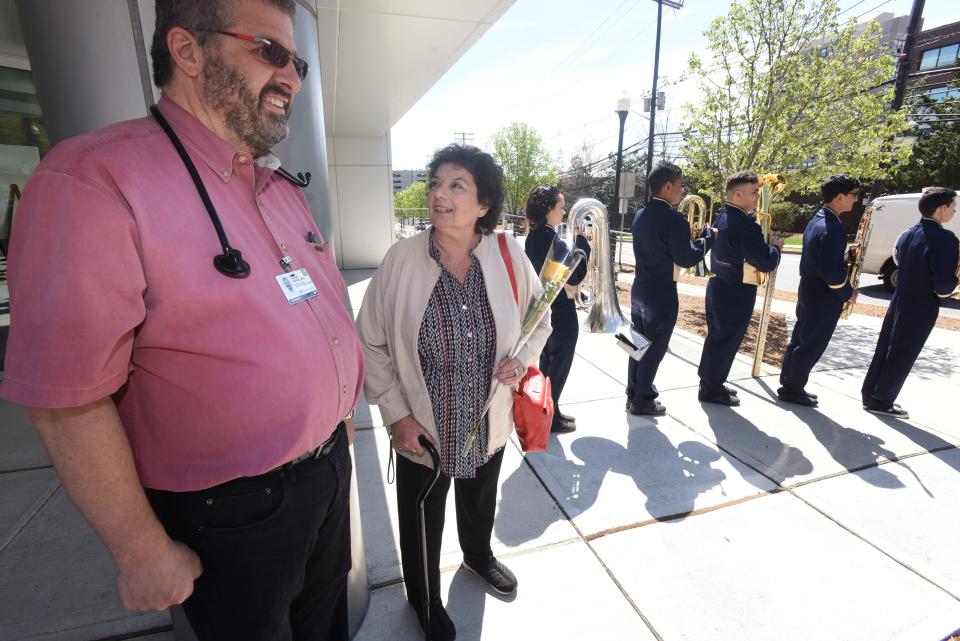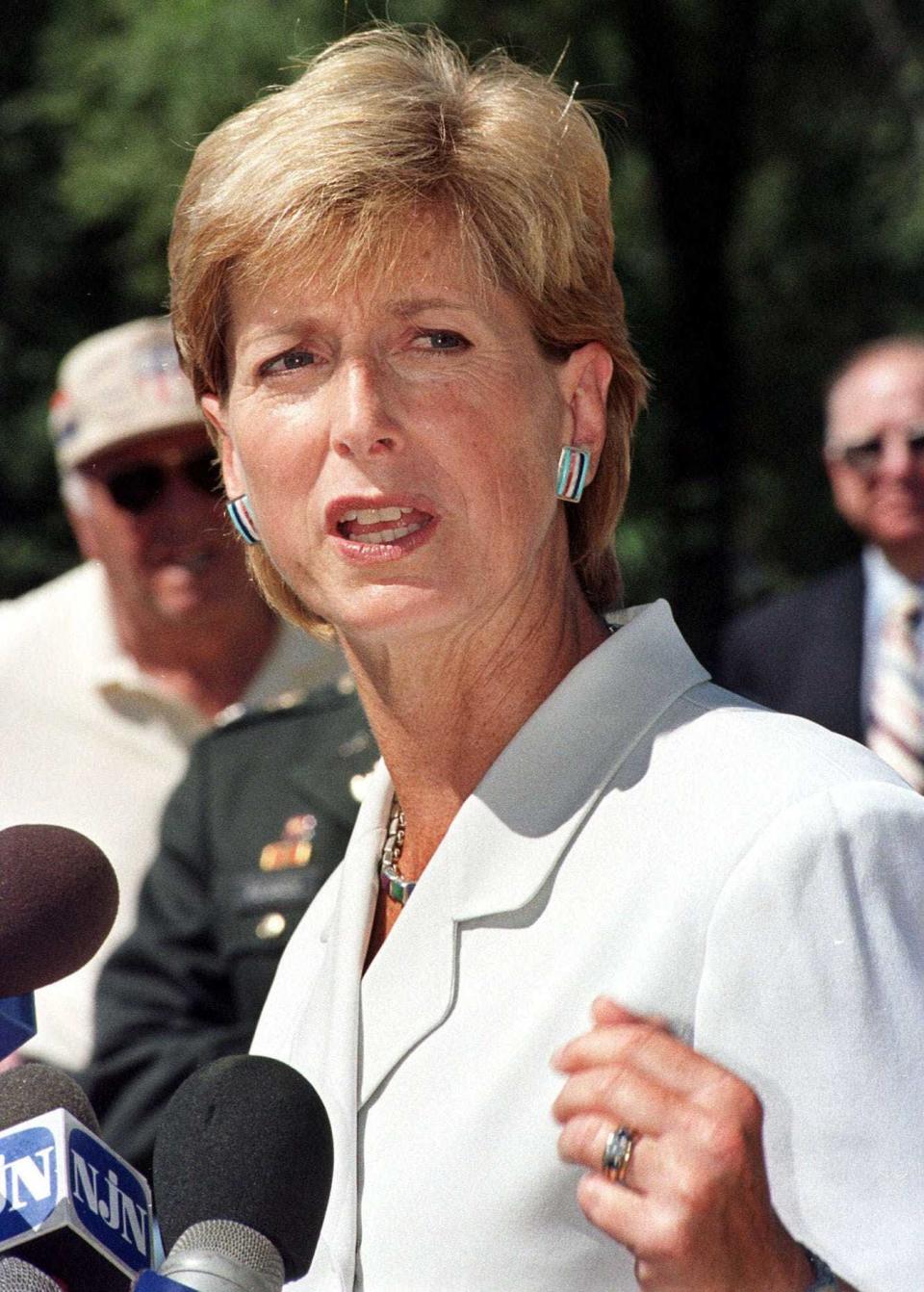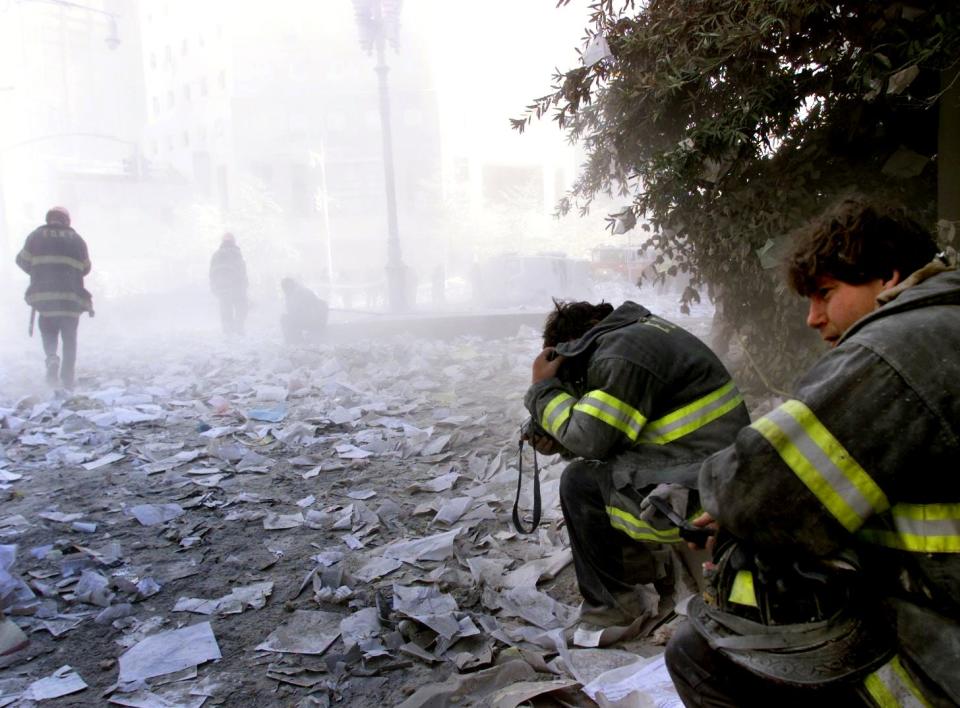9/11 and cancer: NJ patients struggle with myeloma years after exposure to Ground Zero
Three weeks after the terrorist attacks on 9/11, Jerry Vanderberg returned to his brokerage firm across the street from the still-smoldering pile at Ground Zero and spent days sifting through office documents caked in the fine dust from the fallen Twin Towers.
Nine years later, when he was diagnosed with multiple myeloma, a rare blood cancer, Vanderberg was shocked, considering that he led a very active lifestyle, had never been seriously ill and was more than 10 years younger than the average age of onset.
"It was my wife who brought up 9/11 and put two and two together," Vanderberg said. "I didn't realize that all that stuff was toxic."
Although the attacks at the World Trade Center and the Pentagon — along with the downing of Flight 93 in Shanksville, Pennsylvania — killed almost 3,000 people on Sept. 11, 2001, the death toll from that day continues to rise 22 years later. Many who lived and worked near Ground Zero are succumbing to a multitude of illnesses, including cancers whose origin is believed to be the toxic fumes and dust that seemed to envelop all of lower Manhattan for a time.
When people think about the lingering health effects of 9/11, attention usually turns to the firefighters, police officers and other emergency personnel who spent weeks combing through the smoldering pile of rubble with little protection. More than 17,000 World Trade Center first responders have been diagnosed with cancer and at least 1,650 have died from the disease, according to the Centers for Disease Control and Prevention.
But civilians like Vanderberg are not that far behind. Of those who were at the site of the attacks or who worked, lived or went to school in the area, more than 14,000 enrolled in the federal WTC Health Program have been diagnosed with cancer and at least 856 have died from the disease.
'I have little doubt'
Not all deaths can be linked to the aftermath of the attacks. And finding the root cause of anyone's cancer can be very difficult, since everything from genetics to occupation and lifestyle choices can play a role.

But Dr. David Siegel, a myeloma specialist at Hackensack University Medical Center, believes that exposure to 9/11 fumes and dust caused Vanderberg and two of his other patients to develop the disease.
"It's a hard thing to prove an association, no question about it," Siegel said. "Can I prove it in all three? No. But do I believe it caused their myeloma? I have little doubt."
Not many studies have targeted myeloma among 9/11 survivors. A 2018 study found that firefighters exposed to Ground Zero air had about twice the risk of developing multiple myeloma precursor disease as the general population, and developed it at a younger age.

Such was the case with Edward "EJ" Beverly, who was 50 when he was diagnosed with the disease. Beverly lived in the East Village when the towers fell and remembers smelling the acrid smoke for more than two months every time he was outdoors. His company moved a few blocks from Ground Zero in February 2002, and Beverly worked there for four months.
"There's no question of the connection," said Beverly, who now lives in Fair Lawn. "You're talking about a rare cancer that usually affects older people. I was down there for 50 hours a week for months."
Shortly after the attacks, government officials said there was no heightened health risk from breathing the air in lower Manhattan. They included former New Jersey Gov. Christine Todd Whitman, who was administrator of the U.S. Environmental Protection Agency at the time. Whitman has since apologized and said she was passing along information from her scientists.

"It would have been tough, but you could have cordoned off the whole area as a no-entry zone," said Beverly, one of Siegel's patients. "The government was more concerned about the economic impact than the toll on human health. And that upsets me."
Stem cell transplants, chemotherapy, immune therapy
There is no cure for multiple myeloma. But the survival time is now measured in years and decades. "There was a time when it was measured in months, but thankfully we are beyond that for most patients," Siegel said.
Another of Siegel's patients, Nick Lazar, worked on the 25th floor of the South Tower. He was given seven months to live but is doing well, years into his illness, after stem cell transplants and chemotherapy.

"Dr. Siegel put two and two together and told me that the inhalation of the dust from the towers falling on 9/11 is where I had gotten sick," he said.
After two stem cell transplants and some recent immune therapy, Beverly is in remission and living a normal life, traveling two days a week to a finance job in Manhattan while working remotely the rest of the week and lamenting the recent fortunes of his Mets, Jets and Islanders. His medical bills are covered by private insurance and the WTC Health Program.
Back to his active lifestyle
Jerry Vanderberg is back to his active lifestyle. He takes 10,000 steps a day, does yoga twice a week and recently hiked through Yellowstone National Park. He has been in remission since 2017 after receiving a stem cell transplant from his sister.
On Sept. 11, he witnessed the unimaginable carnage just across the West Side Highway from his office. Vanderberg never considered himself a victim of the attacks until well after his myeloma diagnosis.
"I remember going back to the office three weeks later and seeing all these fumes coming out of the site," he said. "I kept thinking to myself, 'That can't be good.' Now we know it wasn't."
This article originally appeared on NorthJersey.com: NJ doctor thinks three of his myeloma patients are 9/11 victims

